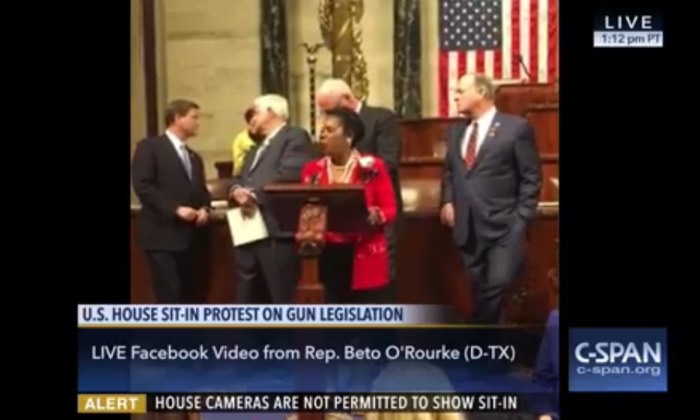-
C-SPAN's Switch to Facebook and Periscope for Democrats' Gun Control Protest Highlights Live-Streaming's Power
Yesterday morning, just after I posted “5 Reasons Why Facebook Spending $50 Million on Live-Streaming Content is So Smart,” C-SPAN’s cameras in the U.S. House of Representatives were turned off by House Speaker Paul Ryan as Democrats began a sit-in to protest gun control legislation not being brought to a vote. But then, an extraordinary thing happened: various Democratic Representatives began live-streaming the protest via Facebook Live and Periscope, with C-SPAN picking up the feeds.
As a result, the Democrats’ sit-in and the accompanying speeches (which are still going) instantly became available to millions of people around the world. A protest that would have been nearly invisible - and likely resulted in little coverage and impact - took on the potential to become a defining moment in live-streaming’s evolution, not to mention possibly spurring important gun control reforms that could save many lives in the future.
To be sure, watching the live-streams isn’t like watching TV. The cameras are shaky. There are constant buffering delays. The audio is weak. And the streams have crashed multiple times, for me at least. And yet, they’re exactly what is so captivating about live-streaming: they’re authentic, spontaneous and emotional. They give the viewer an unfiltered front-row seat to the action.
These are some of the ingredients behind my enthusiasm for live-streaming and Facebook Live’s specific role. With near ubiquitous wired and wireless broadband networks, smartphone penetration off the charts and online video viewing now mainstream, the foundation is in place to turn live-streaming of important moments into major, culture-impacting events. Look for lots more of this going forward across every genre.
Categories: Live Streaming, Politics
Topics: C-SPAN, Facebook, Periscope

